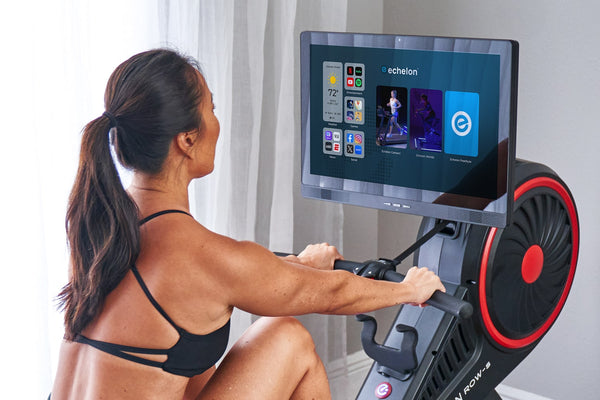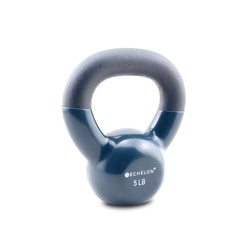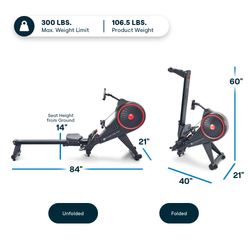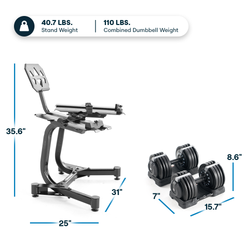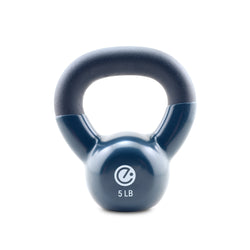Finding Your Pace: How to Determine Your Speed for a Virtual runDisney 5k by Dani
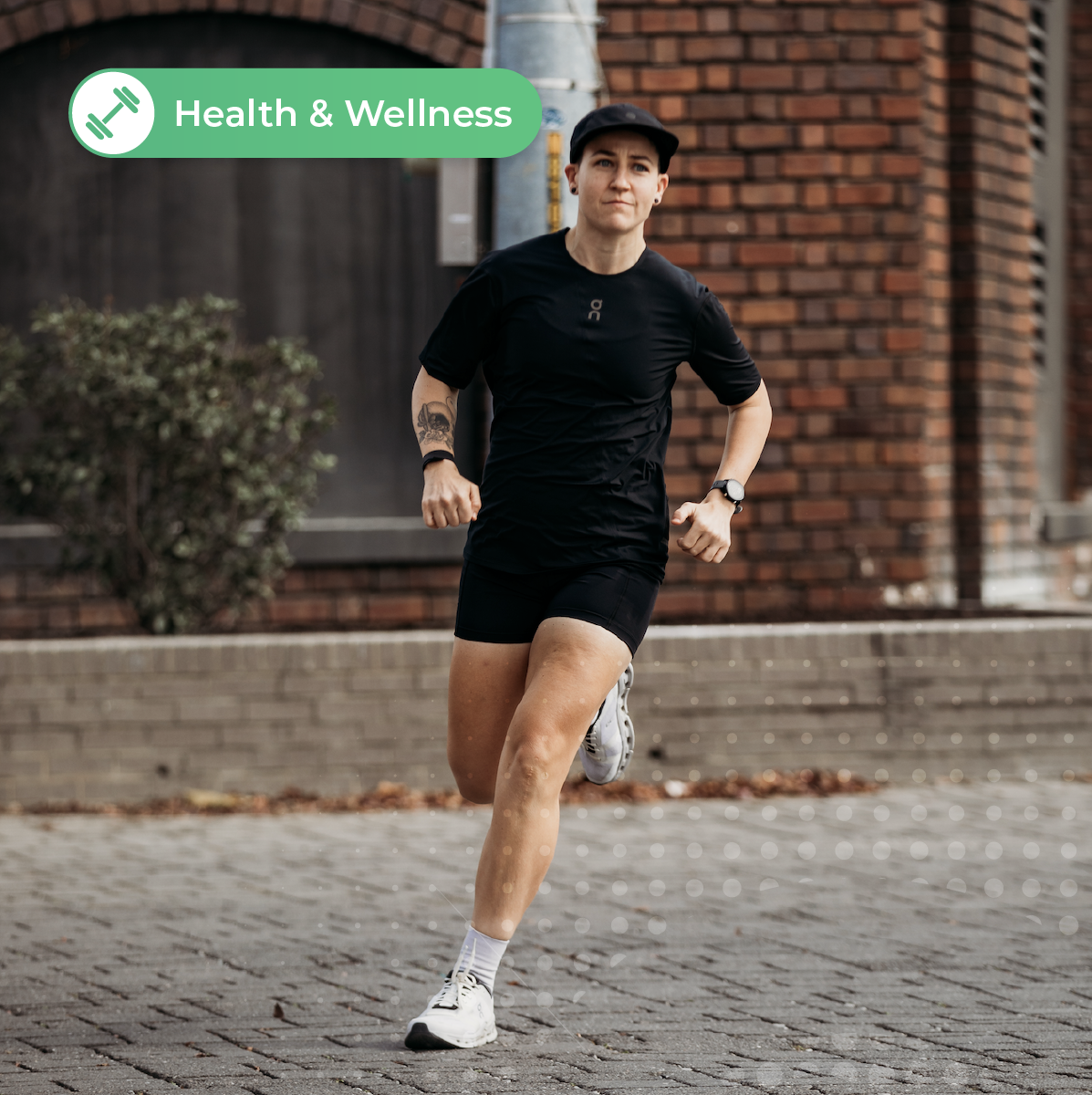
Check out Echelon Instructor, Dani, for guidance on beginning your 5K journey. Known for pushing us beyond our limits in classes, Dani is a seasoned runner who recently dominated the Boston Marathon this April. Here's her top-notch advice for our community.
So, you signed up for the Virtual runDisney 5k and you’re wondering, “How fast should I run?” This is common in new runners, figuring out how fast to run a race is challenging. The best way to find your pace is through experience, and the best way we get experience for a race is running. Lucky for you, you will be doing a lot of running to prepare.
A great place to start is by seeing how long it takes you to run 1 mile. Now when you are testing your mile time it’s important to not sprint the effort. You will want to run this at a nice strong pace that feels challenging but doable. 1 mile is about a third of the 5k distance. Knowing how long it takes you to run a mile can give you a good idea of how long a 5k might take you.
The next step will be thinking about what is your goal or intention for this race. Knowing what you are expecting to get out of this race will help make decisions based on how fast you should run. You might set a goal of just finishing the race. Great, take your mile time and add one minute. You will want to use those two times as a range for how fast you might run the 5k. You might want to run a personal best. That’s an awesome goal, take your mile time and subtract one minute. You will want to run at least your mile time up to one minute under, if you go faster than one minute under your mile time you risk going out too hard. You might want to run for fun. Party pace is a great way to start! In that case don’t even worry about the clock run based on how the pace feels! Go out, have fun and find a comfortable pace.
As mentioned above the best way to figure out how fast you can run is to run. Start taking classes to learn how paces feel on your body for different durations and inclines. You’ll also want to do some research ahead of time on where you will plan to do the 5k. Know the terrain so you can be prepared for any sharp turns or steep hills. You can even take some of the outdoor guided stride classes on the 5k route as part of your training! A suggested training calendar for beginner runners is included below.
Remember the training is the journey and running a 5k should be fun! As you get closer to the race, set 3 goals for yourself: a reach goal, a doable goal, and a “if all else fails” goal. I do this before every race and this helps me feel successful no matter the outcome. The best pace is the one that you feel most confident in, and remember the fact that you took the step to do the race is a success in and of itself!
|
Monday |
Tuesday |
Wednesday |
Thursday |
Friday |
Saturday |
Sunday |
|
Walk + Run 30 |
Lower Body Strength |
Intervals 20 |
Total Body Strength |
REST |
Endurance 30 |
Restorative Yoga |
|
Walk + Run 30 |
Total Body Strength |
Hills 20 |
Lower Body Strength |
REST |
Intervals 30 |
Restorative Yoga |
|
Walk + Run 45 |
Lower Body Strength |
Sprints 20 |
Total Body Strength |
REST |
Hills 30 |
Restorative Yoga |
|
Walk + Run 45 |
Total Body Strength |
Hills 30 |
REST |
Walk 20 |
Race Day |
Restorative Yoga |
